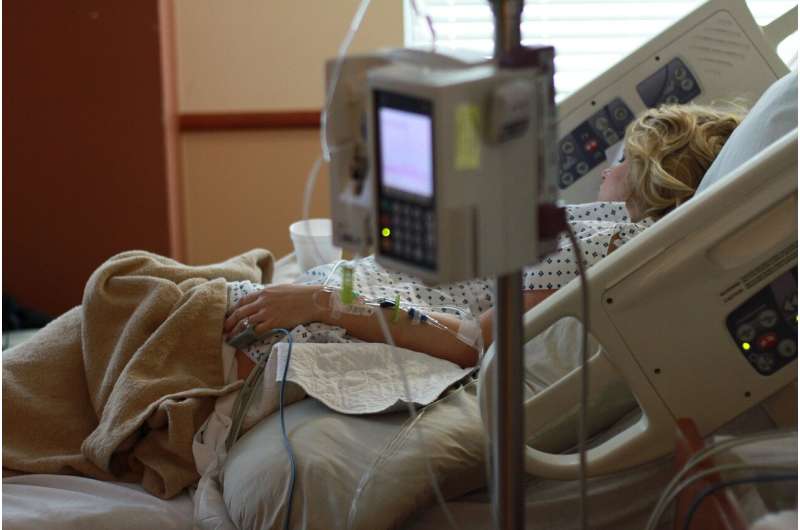Credit: CC0 Public Domain
Autopsy, airway suctioning and cardiopulmonary resuscitation are among the list of medical procedures that pose a risk of spreading COVID-19 from a patient to their health-care provider by creating aerosols, according to new research published in the journal BMJ Open Respiratory Research by an international team of experts including occupational health, preventive medicine and infectious disease specialists.
The team, led by University of Alberta medicine professor Sebastian Straube, carried out a systematic review of public health guidelines, research papers and policy documents from around the globe to determine which procedures are classified as aerosol-generating.
"What we sought to do was to understand which procedures generate aerosols and therefore require a higher grade of personal protective equipment," said Straube, who also heads the preventive medicine division of the Faculty of Medicine & Dentistry.
"Where there is 80 percent agreement from a number of different source documents, we are reasonably confident that, yes, the classification of these procedures as aerosol-generating is accurate."
Straube recommended that further research be done on the short list of procedures for which they found no consensus, such as taking throat swabs.
The team of 19 Canadian, British, American and other researchers includes renowned Oxford University primary care expert Trisha Greenhalgh and first author Tanya Jackson, Straube's research associate. They came together to share their expertise at the outset of the COVID-19 pandemic and have published rapid reviews on the efficacy of respirator masks versus standard surgical masks, eye protection and shoe covers.
"We are providing a summary of the evidence to inform policy-making decisions and guideline development," Straube said.
An aerosol is a suspension of fine solid or liquid particles in air, Straube said. "Larger particles settle in a reasonably short distance, and are referred to as 'droplets' in the infection control context," the paper states. "Smaller particles can travel as aerosols on air currents, remaining in the air for longer and distributing over a wide area."
Straube said the goal is to prevent health-care workers from becoming infected with COVID-19, both to protect them from severe disease as individuals and to maintain staffing levels in health-care systems during the pandemic.
Health-care workers who perform aerosol-generating procedures should wear filtering facepiece respirators, known as N-95 masks in North America, Straube said, along with other personal protective equipment (PPE) such as gloves, gowns and eye protection.
"PPE is typically displayed at the bottom rung of the hierarchy of hazard controls," Straube said.
"Elimination of the hazard or substitution as well as engineering and administrative approaches to hazard control should also be considered."
More information: Tanya Jackson et al, Classification of aerosol-generating procedures: a rapid systematic review, BMJ Open Respiratory Research (2020). DOI: 10.1136/bmjresp-2020-000730
























